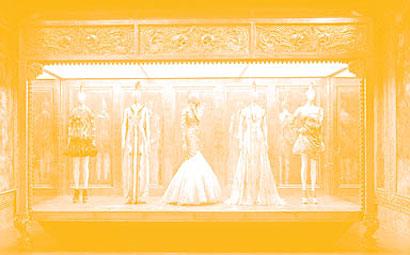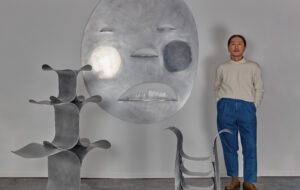|
Deyan Sudjic became head of London’s Design Museum in 2006. He has been design critic for the Observer,
a juror for Cabe and visiting professor at the RCA.
Steve Jobs: The Exclusive Biography by Walter Isaacson (Little, Brown) (top image)
Steve Jobs went from Lady Diana tragedy to narcissistic egomaniac in days. Isaacson’s biography recounts Jobs’ and Bill Gates’ feud. For Jobs, Windows was nothing less than theft. “You are ripping us off. I trusted you, and now you’re stealing from us.” Gates replied, “Well Steve, I think it’s more like we both had this rich neighbour named Xerox, and I broke into his house to steal the TV set, and found out that you had already stolen it.”
Japan
The Japanese earthquake, and the sight of Toyo Ito’s Sendai Mediatheque swaying and swaying, caught on YouTube, was a profoundly disturbing reminder that natural disaster is no respecter of contemporary architectural landmarks. The way that the best organised society buckled under the impact of natural and manmade incompetence was no more comforting, but the resilience of ordinary Japanese people rebuilding their lives was humbling.

credit Courtesy of Arch Daily
Alexander McQueen: Savage Beauty, Metropolitan Museum of Art, New York
The Alexander McQueen exhibition at the Metropolitan Museum attracted a scarcely believable 661,509 visitors in its four-month run. The aura of the McQueen wedding dress probably helped to lure the crowds, who waited patiently in line for a glimpse of the dramatically choreographed show. It also conclusively demonstrated the continuing power of the McQueen brand, and got every museum in the world trying to take the show on.

credit Courtesy of The Metropolitan Museum of Art
Gwangju Design Biennale, South Korea
The Gwangju Design Biennale attracted, according to its organisers, even more people: in excess of 800,000. Since Gwangju is only the sixth most populous city in South Korea, that certainly sounds a lot. On the other hand, that Gwangju could stage such a sophisticated and well-funded design event demonstrates eloquently how rapidly South Korea has become not just an economic force in design, but a cultural one too.

credit Gwangju Design Biennale
The Streets of London
Was it the London riots or the encampment at St Paul’s that finally brought home how much the cultural agenda has shifted. I was inside the Roundhouse for the Ron Arad installation, Curtain Call, on the night that Camden town saw lots of hoodies running back and forth outside a looted cycle shop. Time to start thinking about the architecture of Alejandro Aravena, rather than building icons.

credit Robin Reeve
Terence Conran: The Way We Live Now, Design Museum, London
2011 was for the Design Museum’s exhibition programme, the year of the octogenarians, with shows on Wim Crouwel, Kenneth Grange, and, at the end of the year, Terence Conran, celebrating his 80th year with The Way We Live Now. The title is from the Thackeray satire on 19th-century politics, but Conran’s career also has a lot to tell us about just how much Britain has changed since he learned how to weld furniture in the 1940s.

credit Luke Hayes
|
|
Image
Albert Watson
Words
Deyan Sudjic
|




















